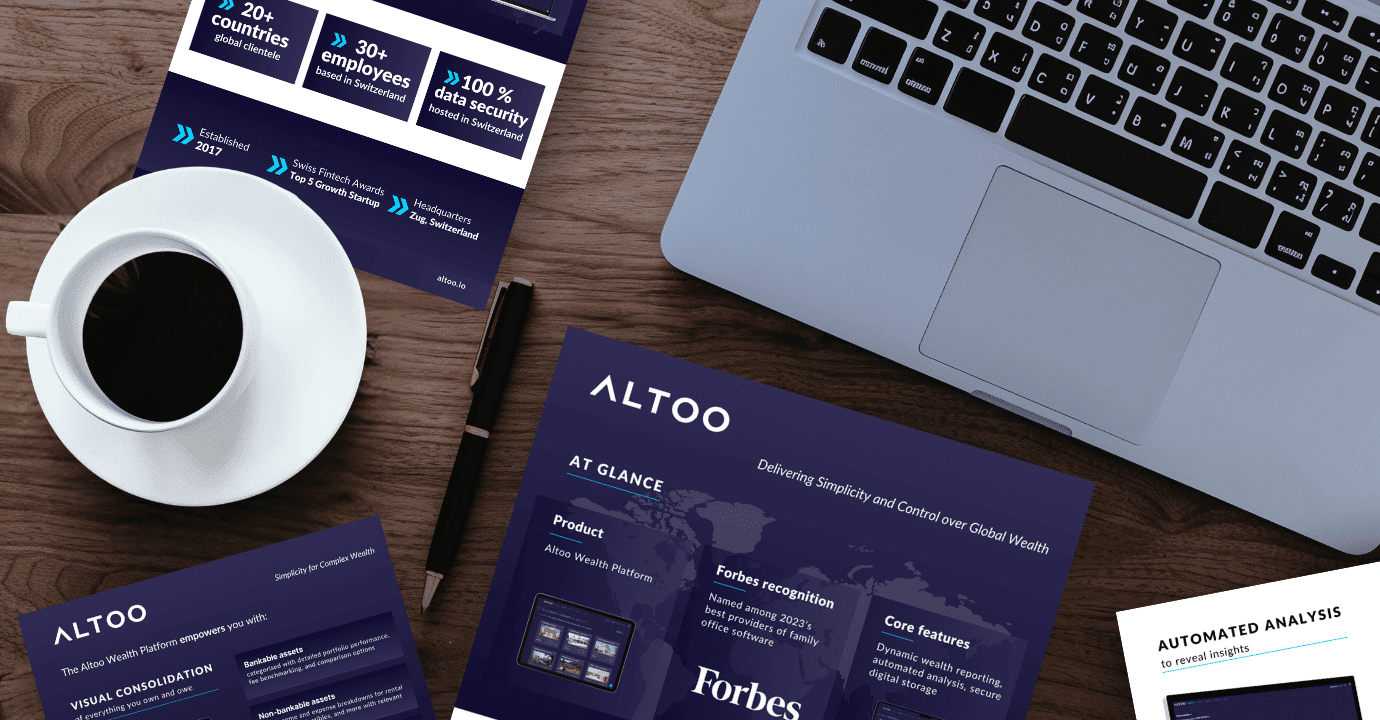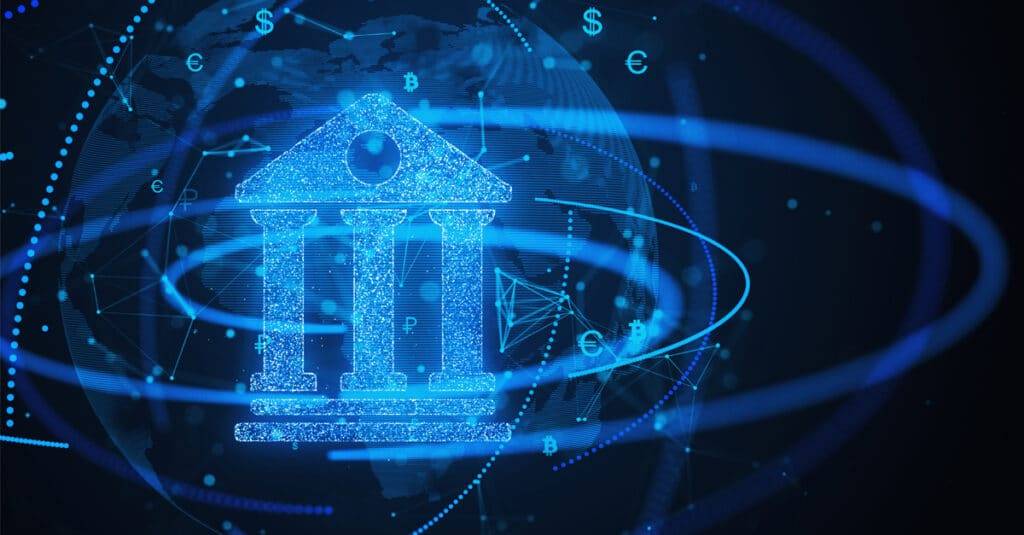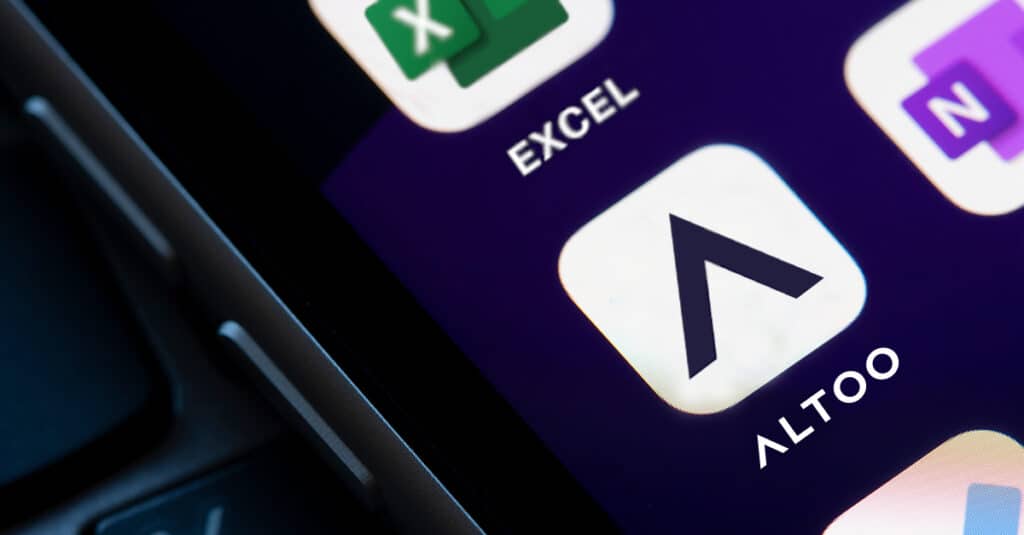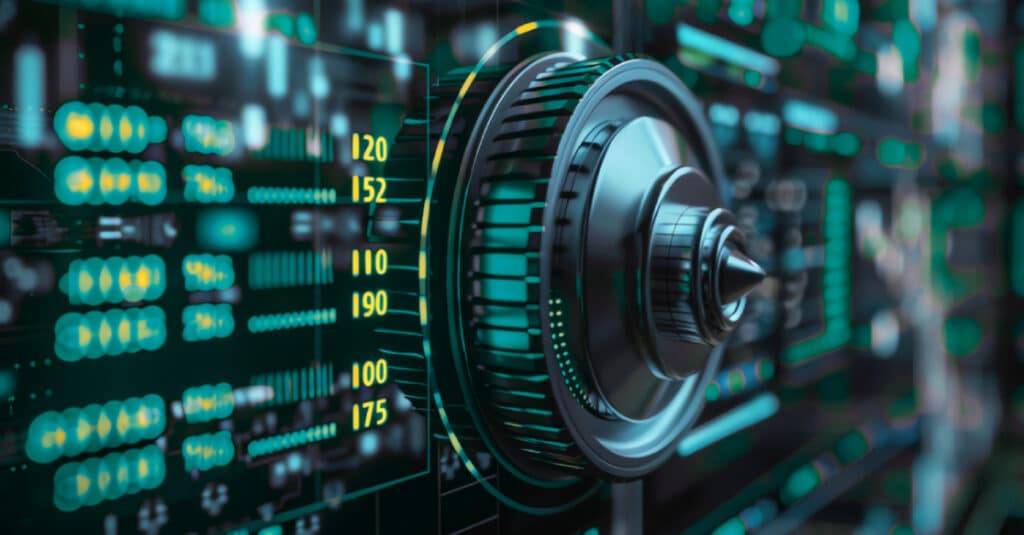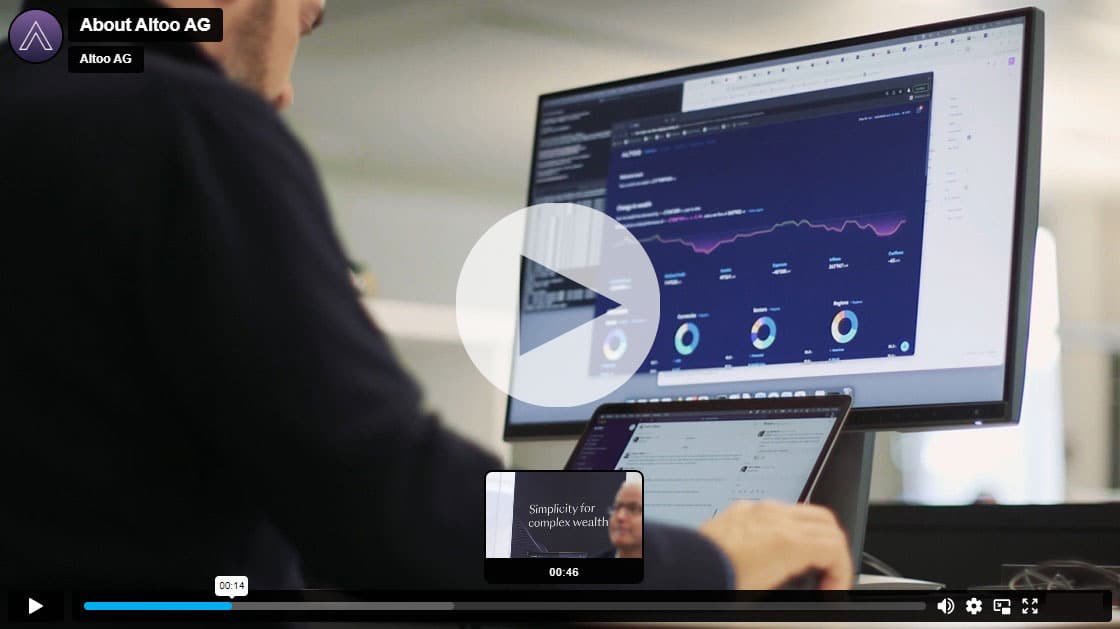In family office portfolios, digital assets are far from being a focus. Only 17% of respondents to Citi’s 2024 Global Family Office Survey had made allocations to the asset class and 10% said they were doing research or seeking advice before investing. A full 73% said they had not made investments in cryptocurrencies and were not planning to.
Even so, digital assets and Web3 – a vision for a decentralised internet where applications and services are built on blockchain technology – are likely on many family offices’ radar:
- In the European Family Office Report 2023, intelligence provider Campden Wealth found that a full 93% of family offices investing in digital assets believed that Web3 and blockchain technologies in commercial applications had the potential to create substantial financial value.
- Financial service provider Ocorian’s 2024 research highlighted that two-thirds of family officers saw younger generations’ interest in digital assets as an important intergenerational shift.
Heading into 2025, family officers expecting questions about this emerging space will therefore be wise to review the basic types of assets within it and the big picture of Web3.
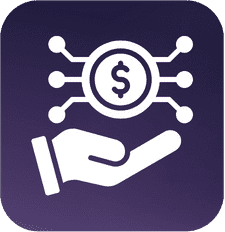
Key Types of Digital Assets
Cryptocurrencies are a catch-all term for:
Elevate Your Wealth Game: Empowering UHNWIs for Simplified Asset Management. Altoo Platform Preview
- Crypto coins: Digital assets native to specific blockchains, primarily used as a medium of exchange or store of value. Bitcoin (BTC) and Ethereum (ETH) are well-known examples.
- Crypto tokens: Digital assets that provide governance rights, utility, or access within decentralized networks or applications. Many crypto tokens are created using the Ethereum blockchain.
- Stablecoins: A subset of crypto tokens pegged to traditional government-regulated currencies (referred to as “fiat currencies” by cryptocurrency enthusiasts). Tether USD (USDT) is a well-recognized example.
- Central bank digital currencies (CBDCs): Digital currencies issued and regulated by a central bank, designed to serve as a digital version of fiat money. For instance, the European Central Bank is exploring the launch of a digital euro.
Non-fungible tokens (NFTs) are unique digital assets representing ownership of a specific item or content.
Tokenized real world assets (RWAs) are digital assets representing non-digital assets like real estate or physical gold.
Security tokens are digital assets representing ownership of traditional financial securities.

The Promise of Web3
Family office professionals are well aware of the importance of securing ownership of assets and protecting privacy. For example, they often conduct careful due diligence on custodians and strive to maintain confidentiality when handling the family’s financial affairs.
The promise of Web3 is to bring this paradigm of respecting property rights and privacy to the entire internet. Unlike the currently centralised web – known as Web2 – where data and control are concentrated in the hands of a few large corporations, Web3 aims to distribute power and control among users.
Venture capitalist Chris Dixon has defined Web3 as the “Read-Write-Own Web” in comparison to the Web1 of the 1990s and the Web2 that virtually everyone is familiar with today. The following table provides more context around this comparison:
| Venture capitalist Chris Dixon’s definition | Illustrative example of what an an investor can do: | |
|---|---|---|
| Web1 1990s |
The “Read-Only Web” | Check stock prices on a financial institution’s website. |
| Web2 Early 2000s |
The “Read-Write Web” | Check stock prices and make trades on a financial institution’s website. |
| Web3 Emerging |
The “Read-Write-Own Web” | Hold and trade his own digital assets without relying on a financial institution. |

Why Web3 Matters
Today, investments in Web3 technologies are largely the domain of crypto-focused venture capitalists. Such technologies:
- Enable the management of DAOs, short for decentralised autonomous organisations, which are communities governed by smart contracts (self-executing contracts with terms directly written into code) instead of centralised authorities.
- Provide the decentralised infrastructure necessary for creating interoperable digital experiences (involving, for example, augmented reality and virtual avatars) in the collective online shared space popularly known as the Metaverse.
- Make it possible for electronic gamers to truly own – independently of a game developer – their in-game assets such as characters, items, and virtual land in the form of NFTs that can be traded on third-party marketplaces.
Q2 2024 research from Galaxy, a provider of digital asset investment services and solutions, found that crypto venture capitalists allocated the largest share (24%) of their total capital to companies and projects within the “Web3/NFT/DAO/Metaverse/Gaming” category.
Whether or not their investment mandates allow for backing crypto venture capitalists, family offices should note this interest from venture capitalists. If the promise of Web3 is delivered – regardless of who delivers it and how – then worldwide adoption of digital assets as mediums of exchange will inevitably rise.
Such a rise in adoption would have significant implications for digital asset markets in general. Today, many analysts view digital assets rather as stores of value and speculative tools as opposed to everyday forms of payment. As is often observed, it is still uncommon to pay for coffee with Bitcoin.
In a Web3 future, however, digital assets will be the mechanisms by which value is exchanged for an increasing array of commodities, products, and services – some of which may not have yet to be conceptualised or widely recognised as such.
For example, many users of Web2 social media platforms remain oblivious to (or at least uninterested in) the fact that their browsing data is being monetised by someone else. If a Web3 social media platform gains mainstream traction, though, its users will likely be able to retain ownership of their browsing data and be compensated for sharing it – and a digital asset will be the mechanism of compensation.

Investing in Digital Assets and Web3
The majority (64%) of respondents to Citi’s 2024 Global Family Office Survey said they are undecided about how they want to invest in digital assets. 24% expressed interest in directly holding cryptocurrencies like BTC and ETH, while 18% said they preferred investing in crypto-linked investment funds like exchange traded funds (ETFs) or private funds. There was noticeably less interest in other forms of digital assets like tokenized securities, stablecoins, and NFTs.
Whether a family office is deciding how to invest in digital assets or refining its existing approach, it should keep in mind that:
- Custody is a critical consideration when directly holding digital assets, more so than with traditional assets. While self-custody is an option, it may not be ideal for managing significant wealth. Institutions like Coinbase, which is the custodian for the majority of the spot Bitcoin exchange-traded funds (ETFs) launched in 2024, offer custodial services.
- Crypto-focused funds of funds provide a potential entry point into digital assets for family offices looking to explore this evolving space.
Takeaway
In 2025, digital assets are expected to be in the spotlight like never before. While it may not be time for every family office to invest in this relatively novel asset class, it is time to explore it – especially as the Great Wealth Transfer continues to unfold and younger, digital-native heirs become responsible for stewarding their families’ legacies.
Cryptocurrencies and funds holdings – including those in cryptocurrency ETFs – are among the many types of bankable and non-bankable assets that family offices and wealth owners can monitor and analyse effortlessly with the Altoo Wealth Platform.





